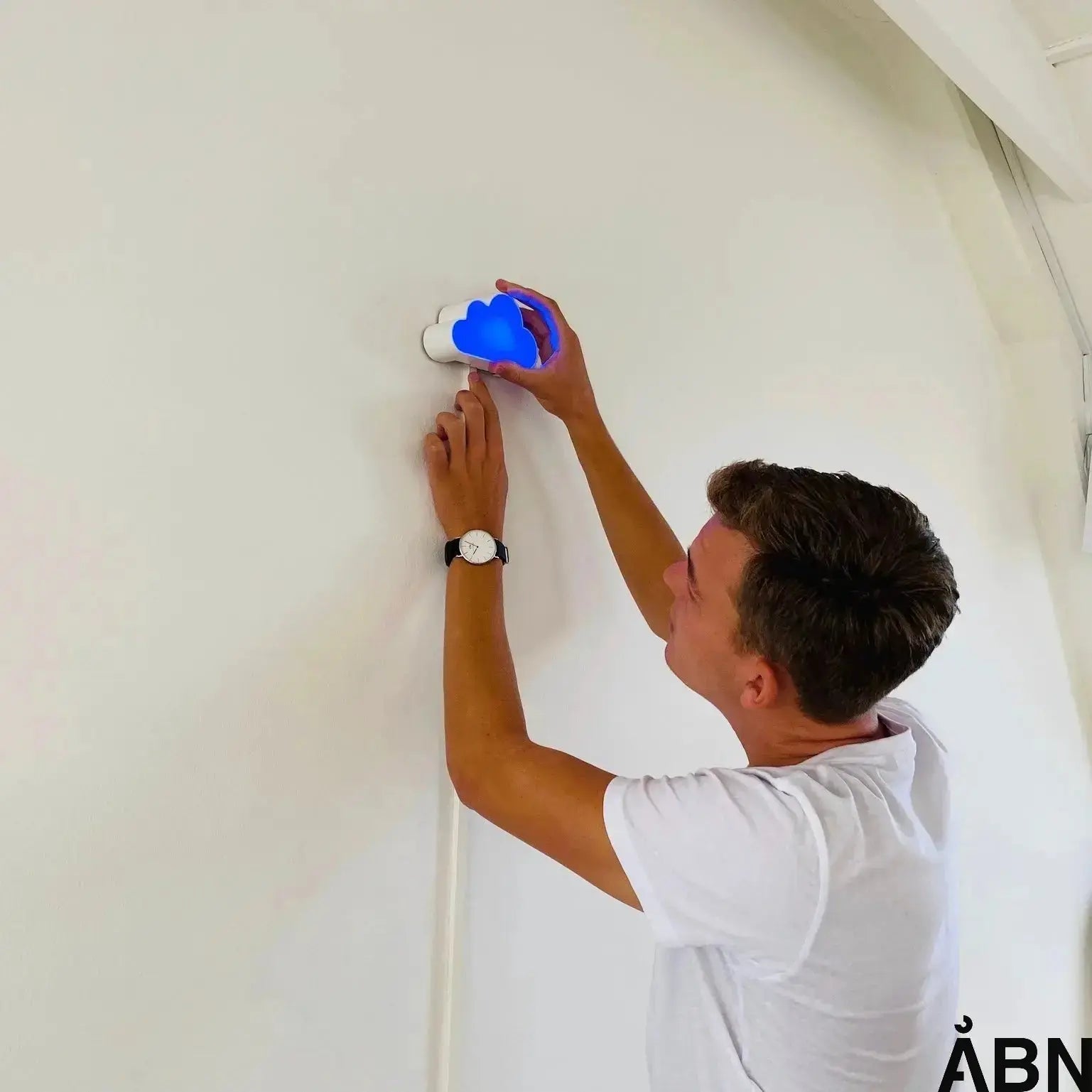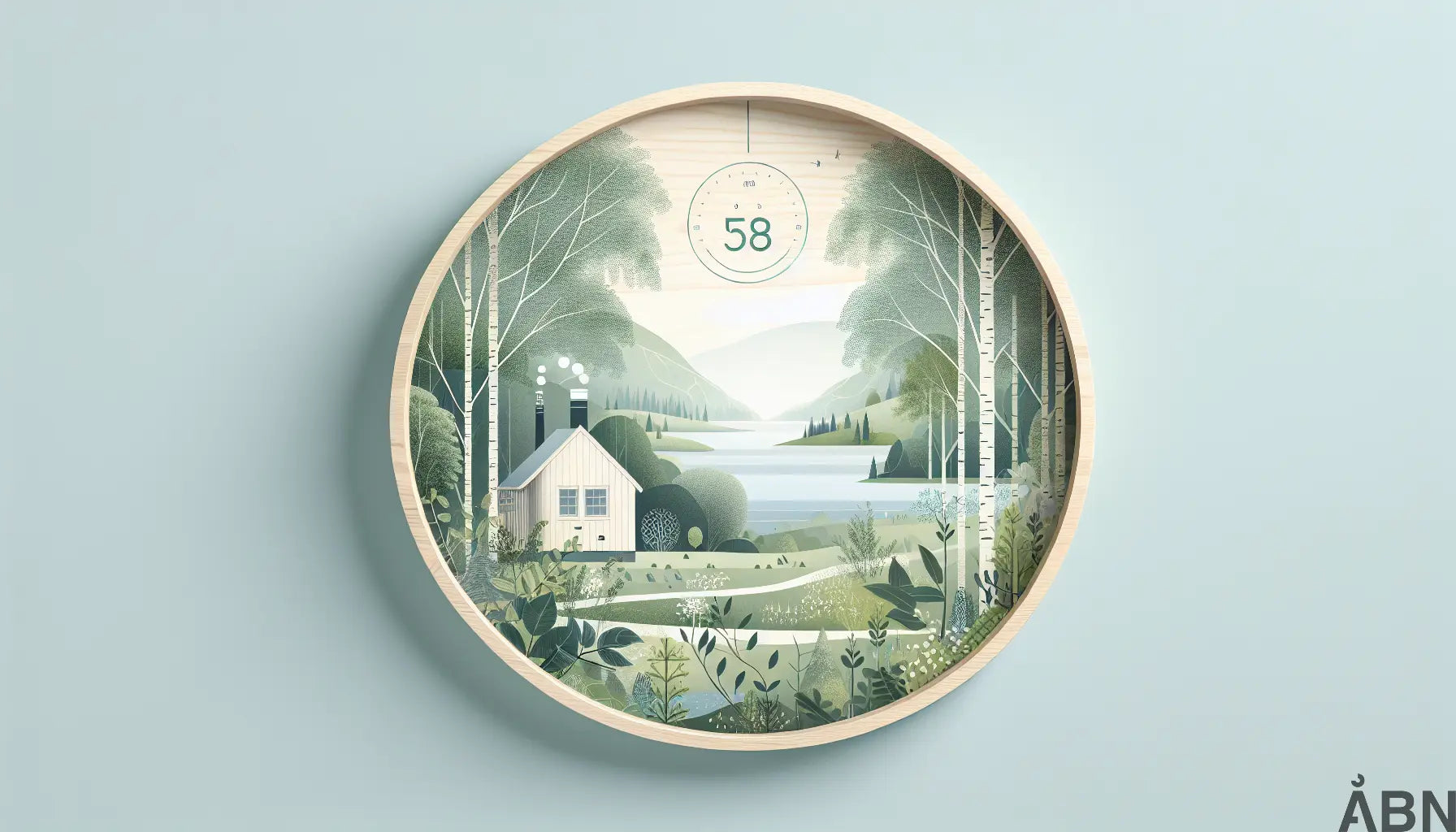The optimal humidity in the living room
The humidity in our homes plays a crucial role in our well-being and health. But what should the humidity level in the living room actually be to create a healthy and comfortable indoor climate? In this article, we will delve into how you can best regulate the humidity in your home, and why it is important.
According to Bolius , it is important to monitor the humidity in our homes to avoid mold and other problems related to a poor indoor climate. An ideal humidity level contributes to a healthy indoor climate and can help prevent various health problems.
Why is humidity important?
According to the Danish Technological Institute, humidity is crucial to our well-being, as both too high and too low humidity can have negative consequences. Humidity that is too high can lead to mold and other moisture damage, while humidity that is too low can result in dry skin, eye and respiratory irritation, and general discomfort.
What is the optimal humidity?
According to Sundhed.dk , the humidity in our homes should be around 30-50%. This range is considered ideal for both our health and to avoid damage to our homes. By keeping track of the humidity, we can create a comfortable and healthy indoor climate that promotes well-being and well-being.
How to maintain optimal humidity
To ensure optimal humidity in your living room, you may want to consider investing in solutions like ÅBN's Skyen . With Skyen, you can easily visualize and monitor humidity in real time, so you can always be sure that it is within the recommended range.
FAQ about humidity in the living room
What happens if the humidity in the living room is too high?
According to the Knowledge Center , excessively high humidity in the living room can lead to mold and other moisture damage, which can have negative consequences for both the home and our health.
How can I regulate the humidity in my living room?
You can regulate humidity by airing out regularly, avoiding drying clothes indoors, and investing in a humidifier or dehumidifier as needed.
What are the signs of low humidity in the living room?
Signs of too low humidity can include dry skin, irritated eyes and respiratory tract, and static electricity.
Contact us for advice and solutions
At ÅBN , we are experts in indoor climate and sustainable solutions. Please contact us for further advice, data or solutions that can help you create a healthy and comfortable indoor climate at home.
Remember that optimal humidity in your living room is crucial for your well-being and health. By controlling humidity, you can create a healthier and more comfortable home for you and your family.









